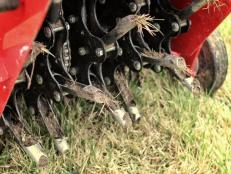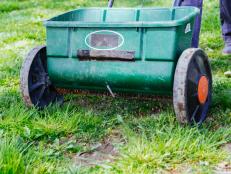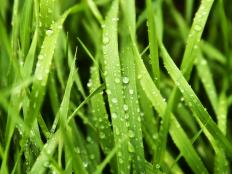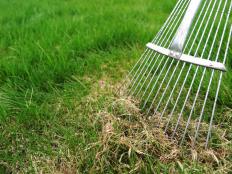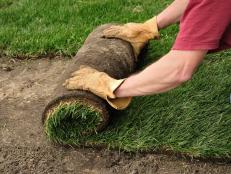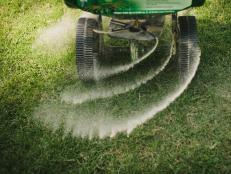How to Fake a Golf Course-Worthy Lawn

Image courtesy of TPC Sugarloaf

As the director of golf course operations at TPC Sugarloaf in Duluth, Georgia, Mike Crawford is part of a team that keeps their course stunning and probably far from the lawns in our own homes. Crawford has 20 years under his belt making his Georgia golf course sparkle and has been awarded the Environmental Leaders in Golf Award for Best National Private Course by the Golf Course Superintendents Association of America and Golf Digest.
Even Crawford admits that his own home lawn is “not quite up to the same standard as the golf course. I spend all of my time trying to make the course look great and my home lawn shows that it’s a distant second in priority.”
But Crawford does have some great advice for helping homeowners achieve the golf course-worthy lawn of their dreams. Follow Crawford’s advice below and you may soon be fending off requests from the neighbors to practice their swing on your emerald half-acre.
Use the Right Tool
The best type of mower to produce golf course quality turf in your home lawn is a reel mower. A reel mower uses a reel and a bedknife to cut the blades of grass like a pair of scissors, unlike a rotary mower which typically has a single blade with a sharpened edge spinning at high velocity that doesn’t cut as cleanly. The precise cutting action of a reel mower creates an extremely clean cut and allows you to mow the grass at lower heights than a rotary mower will be able to produce.
Don’t Make This Mistake
Biggest mistake: mowing your turf too short. Mowing your lawn at a height of 1 to 2 inches helps keep the turf healthy and promotes deeper rooting. The lower the height of cut, the shorter the root system and this can make the turf susceptible to disease, insect damage and other environmental stresses. You need to remove no more than 1/3 of the leaf blade each time you mow your lawn. This insures that the turf isn’t stressed from taking too much leaf tissue off. Mowing your lawn at least weekly during the growing season will insure that you don’t scalp the turf.
Choose the Right Grass
Bermudagrass or Zoysiagrass make great home lawns, especially in the South. These grasses are well suited for hot summer temperatures, are cold tolerant during most of our winters and are drought tolerant in times of little rainfall.
Don't Over-Water
Homeowners who have an irrigation system typically over water. It's much better for you lawn and conserves water when you irrigate deeply and infrequently rather than watering frequently and lightly. When you over water the turf it doesn't have to search very hard for water and the root system tends to be shallow in the soil. By watering deeply and infrequently, you "train" the plant to search deeper for its water and a deep healthy root system is going to make for a drought-tolerant plant.






